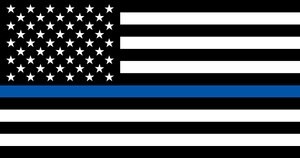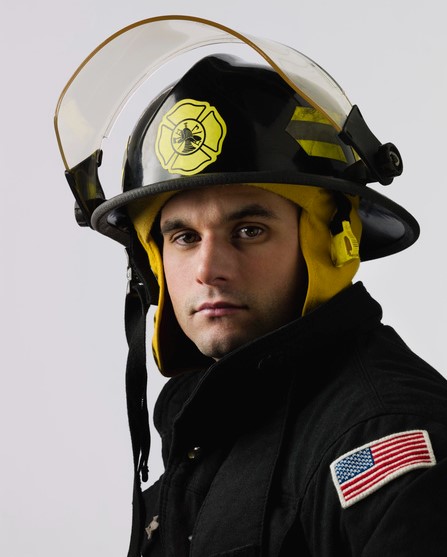
The thin red line flag, understanding the actual origin, hidden meaning, and related controversy is the main focus of this piece of writing. This has become a fixture in many communities. Still, there has been considerable discussion about their origin, whether it’s appropriate to display the flags, and what they represent.
What is a thin red line flag?
It is a new variation of the American flag that is white and black with one red strip. Normally red and white strips are alternating black and white having a single red stripe in the middle of the national flag of the USA. The white stars on blue become white stars on a black background in this new flag.

A new version after this variation in a flag is an all-black flag with a single red line through the center.
What does a thin red line flag actually mean?
This flag had been invented or developed in support of service personnel to show solidarity and to honor injured or fallen firefighters during operations. Thin Red Line Flag Meaning: “First responder” refers to any individuals who became first responder at the scene of an emergency; this includes police officers, firefighters, paramedics, and others.
What is the origin of the thin red line flag concept?
The conceptual origin of the thin red line flag starts with introducing the blue line flag created to support law enforcement.
Here it is important to mention that thin blue line is a typical term used for the concept of police. This line segregates society from descending into violent chaos.)

Upon this blue line pattern, many similar flags were developed to show solidarity with their respective departments, services, or organizations. For the sake of example, the following are used;
- Redline – Fire service
- White line– EMS
- Yellow/gold line – Dispatcher/communication
- Gray – Correctional agencies
Related controversy over the thin red line flag?
In the recent past, the debate over the thin-line flag has gained a peak in the national and international media. The supporters of this pattern or alteration view the flags as representing solidarity with public safety and a way to honor fallen or injured first responders. The opponents do not agree with any alteration of the National flag, and some view the flags as a political element.
The debate over the flags’ potential political nods is most associated with the thin blue line flag in this political context. The thin blue line flag is associated with the Blue Lives Matter Movement, which was started in response to the Black Lives Matter movement. Therefore, some think this blue line flag is a pushback against social injustice reform movements like Black Lives Matter.
The use as a display of the thin red line flag?
All types of these flags originated from the single blue line flag. Every department had developed a policy to display these flags. This policy addressed the exact place, purpose and method to display these flags.
Some fire departments have developed policies focused on displaying flags to clarify what is and are not permissible at the fire station or on apparatus.
Where can I buy a thin red line flag?
There are several retailers available in the market that have these flags, including:
- Thin Blue Line USA
- Amazon
- American flags
- The fire Store
What do firefighters think about the thin red line flag?
Respondents to us argued fairly evenly divided among working for career, volunteer, and combination departments.
During the survey, an overwhelming majority of respondents (88%) indicated support for this flag. These responses recorded a mix of the ranks of emergency officials. Similarly, 79% said that they support fire departments displaying thin blue line flags supporting law enforcement. The majority of the respondents who support the thin line flags (68%) do so to honor fallen and injured firefighters of the emergency services. In departments especially the fire department, this flag waved on the vehicles and outside the fire stations. On the other hand, of those respondents who do not support the display of this flag at fire departments or on apparatus. 68% of respondents said the primary reason was that it was an alteration of the National American flag.

Hi, I am John Smit a Captain in Fire Department City of Newyork with over years of experience in the field of Firefighting and HSE. My passion for fire safety started when I was a young boy and witnessed a neighbor’s house go up in flames along with precious lives. Since then, I had dedicated my life to ensuring the safety of buildings, properties, and individuals in case of a fire and medical emergencies.



